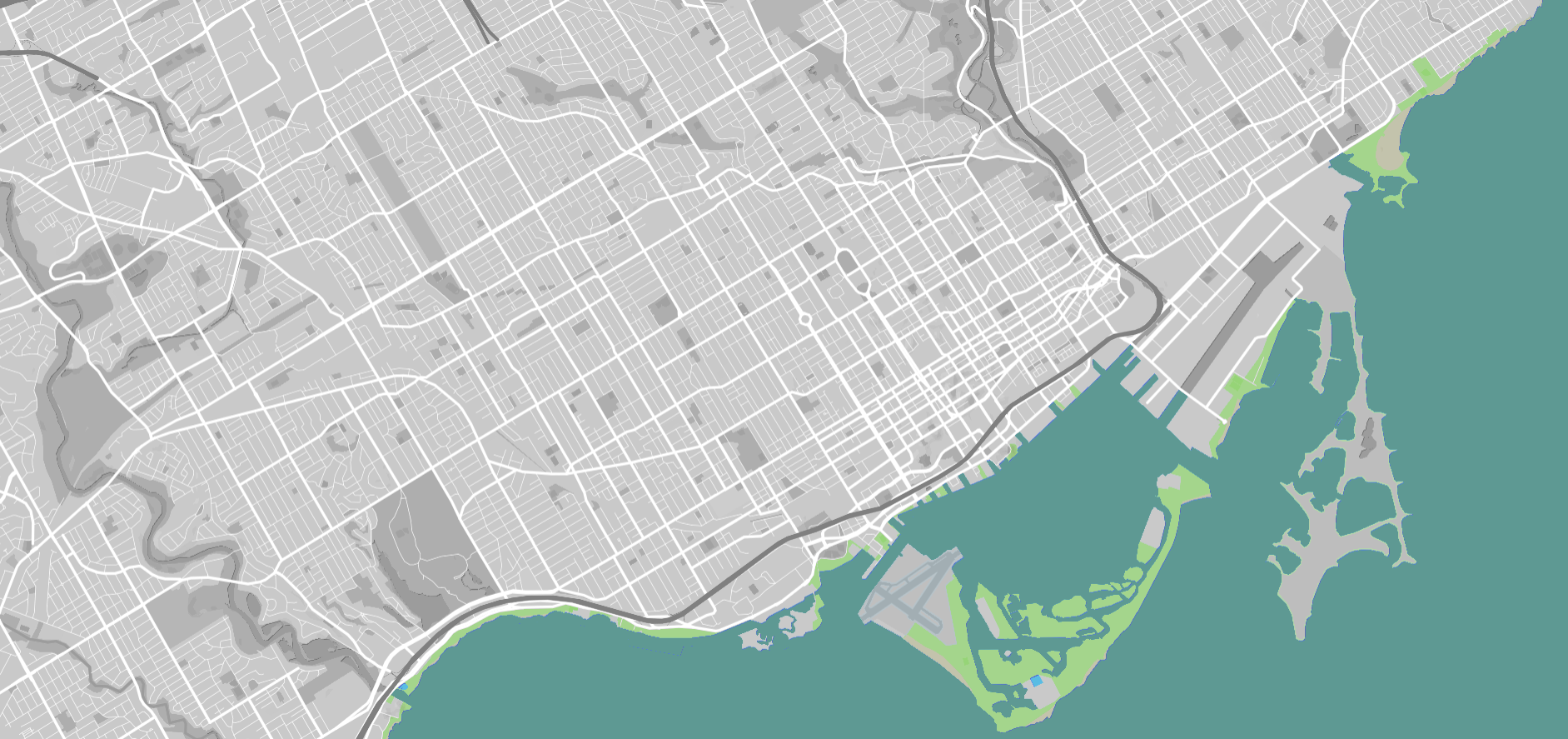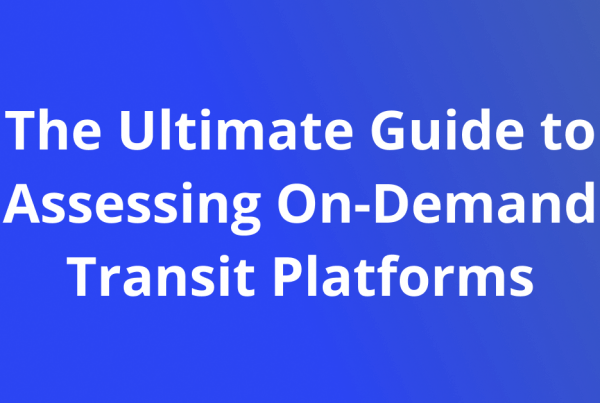It turns out that everyone, including the UN might be wrong about cities. At least how many people are living in them, according to new research using high-resolution satellite images, today 84% of the world’s population or 6.4 billion people live in cities right now.
If we expect to improve the lives of the vast majority of the global population, it is time for these cities to get smarter, and the market potential to do so is massive. City Lab notes that the hottest technology sector is urban technology, where investment reached more than $75 billion in the past three years, it doubled between 2016 and 2017, from $20 billion to $44 billion, and has now has a share of 22% of all global venture capital, that is much more investment than pharmaceuticals and biotech ($16 billion in 2017) or artificial intelligence ($12 billion in 2017).
To illustrate how hot urban technology solutions are getting, look at the lowly scooter. This year, Bird, an electric scooter company became the fastest ever Unicorn, Bird, just one of several companies entering the scooter scene, was founded in September of 2017, in May of 2018 it was raising $150 million Series C at a $1 billion valuation. While these electric scooters littered the streets of cities causing knee jerk regulatory outbursts, which probably will help the marketing for these companies, much like reactionary laws spurred by taxis helped market Uber. Electric scooters are child’s play when compared to the AV players. Cruise Automation, Waymo and others are already getting massive valuations before their technology is even commercialization ready.
Meanwhile, below the commanding heights of Silicon Valley venture capital is an alarming decline in the key operational provider of urban transportation, public transit. According to the Washington Post, transit ridership in 31 of 35 US metropolitan areas has fell last year, 2017 was the lowest since 2005. Bus ridership, a mainstay for most urban transportation, fell 5% in 2017. If that trend holds for just 20 years that would mean the absolute end for buses. Some might say that is just in time for autonomous vehicles, which are predicted to hit 25% market penetration by 2030.
 Autonomous vehicles might be coming but they are not the trends that are killing transit right now. In a very recent 14 year longitudinal analysis of the determinants of public transport ridership of North American transit, researchers found that the strongest reasons for the decline of transit, was the reduction in vehicle revenue miles/kilometers and increase in car ownership. This seems like a no brainer, as transit agencies reduce their service levels they will get less riders and people will choose to drive more. That study also found that the impact of TNCs (transportation network companies) was not a significant cause of the decline in buses. But as others have noted, ride-hailing is not really making things better.
Autonomous vehicles might be coming but they are not the trends that are killing transit right now. In a very recent 14 year longitudinal analysis of the determinants of public transport ridership of North American transit, researchers found that the strongest reasons for the decline of transit, was the reduction in vehicle revenue miles/kilometers and increase in car ownership. This seems like a no brainer, as transit agencies reduce their service levels they will get less riders and people will choose to drive more. That study also found that the impact of TNCs (transportation network companies) was not a significant cause of the decline in buses. But as others have noted, ride-hailing is not really making things better.
2018 will be the first year that the trips performed TNCs, outnumber bus trips, however despite the window dressing of ‘shared rides’ improving urban mobility, research is showing that ride-hailing type services are adding to and worsening traffic in major urban markets. So more and more people are choosing to ride in Ubers and Lyfts, which mean more and more of those cars driving on the streets to service demand, which means more and more dead-heading drivers waiting for fares. In New York City there are now close to 70,000 TNC vehicle operating, compared to just 13,000 licensed cabs.
Regardless if you think transit should be hollowed out and replaced by ride-hailing fleets, or if you think we should invest more in transit to make it a preferable option to driving. The key will be technology, either way will be enabled by technology. Doubling down on just traditional transit investments like rail and fixed route buses does not work everywhere. But replacing all our high capacity transit would be the fastest way to choke out our metropolitan areas with traffic.
And if cities want to be smarter it is going to and if they want to own their data and have operational control over the vehicles on their streets, then they better procure the right technology and not just hand it off to a private company:
“Ride-hailing companies are in an awkward position if they refuse to share data with governments that subsidize them. ‘If I’m paying you to move a passenger, the data for that passenger isn’t yours,’ I heard a Texas transit official say recently to a ride-hailing executive. ‘It’s mine.’ The executive had no response.”
As Holger Hürtgen and Niko Mohr, both with McKinsey, recently put it:
“Data has become the new corporate asset class—and the best way for companies to generate and access it is to digitize everything they do. Digitizing customer interactions provides a wealth of information for marketing, sales, and product development, while digitizing internal processes generates data that can be used to optimize operations and improve productivity.”
Here is the rub, regardless if you go public or private there needs to be some intelligence, all this data needs to be used to alter operations in real time. We need to start treating urban mobility like air traffic control. No matter how many vehicles you can put on the roads or take off the roads, it does not matter if they are not controlled intelligently, in way that that reduces vehicle kilometers traveled yet increases productivity.
Right now public transit is caught in a trap, they need to provide a reliable, frequent grid of service across their entire area of responsibility. In the expanse that is North America, there are simply too much low density populations to cover with this traditional fixed route grid. A way to quickly do this is by turning low productivity fixed route bus lines into on-demand services, these can be coordinated with higher productivity fixed route assets like BRT, trains, streetcars, subways. Or by procuring vehicles through contractors and activating them on the system to cover certain areas.
This will help people who do not have access to their own vehicle but have tight schedules where normal fixed route transit is not be sufficient. There is a population of shift workers, part-time workers, students and retired people, who all struggle to be mobile and have the most specialized transportation needs. Studies in the GTA by the Toronto Atmospheric Fund and MaRS have proven that microtransit can significantly reduce greenhouse gas emissions. Unlike transportation network companies or traditional taxi cabs, trips will be designed to be shared, a smart mobility system is made to maximize the number of shared rides possible across the entire fleet, not just one-to-one matching used by taxis or other trip marketplaces.
Bring transit to people, where they are, when they want it, based on their travel schedules and the schedules of fixed routes. Gather demand data through mobile applications and online portals to build schedules for fleets of smaller vehicles or transit buses. Provide flexible route service to pick up people for shared rides to and from transit hubs and across low density regions. This will eliminate 3+ transfer travel, solve first/last mile challenges, create massive amounts of data to make transit more accessible and convenient for everyone, and finally it will help make transit more competitive in the growing ecosystem of new mobility options. It may well be the next urban technology unicorn.




